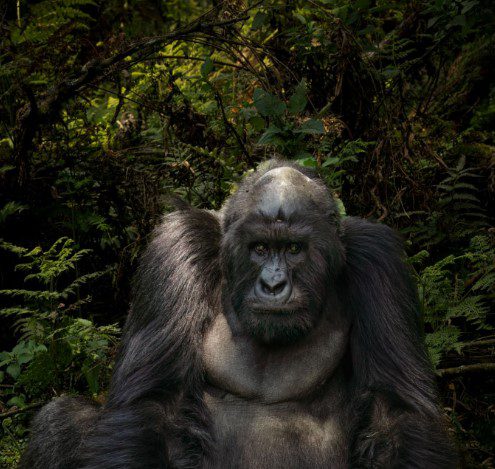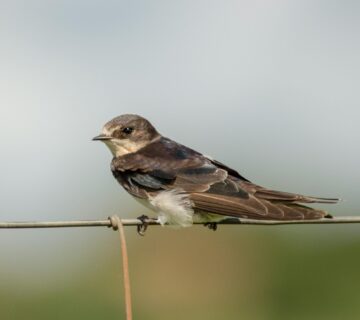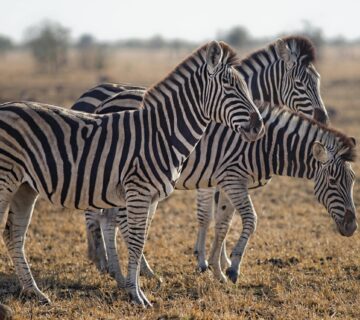Are There Gorillas in Kenya’s Forests? Here’s the Real Story
When you imagine standing in the heart of a lush African rainforest, face-to-face with a majestic silverback gorilla, your thoughts might drift to the thick jungles of Uganda or the mist-covered volcanoes of Rwanda. But what about Kenya a country celebrated for its sweeping savannahs, iconic safaris, and towering Mount Kenya? Could such a profound encounter with wild gorillas happen in Kenya’s forests? It’s a question many travelers ask, especially those dreaming of ticking both the Big Five and great apes off their safari bucket list. Let’s uncover the truth and dive into an inspiring journey that reveals more than just facts it opens a deeper understanding of East Africa’s wildlife wonders.
The Simple Answer: No Wild Gorillas in Kenya
To put it plainly, Kenya does not have wild gorillas roaming its forests. While the country boasts rich biodiversity and incredible wildlife experiences, mountain gorillas are not native to Kenyan ecosystems. These great apes are only found in the dense, misty rainforests of the Albertine Rift region, which spans parts of Uganda, Rwanda, and the Democratic Republic of Congo.
The reason lies in geography and habitat. Gorillas, particularly the endangered mountain gorillas (Gorilla beringei beringei), require a very specific environment to survive high-altitude montane forests with a mix of dense vegetation and cool, moist conditions. Kenya’s forested areas, including the Aberdares, Mau Forest, and Mount Elgon, do not provide the right conditions or elevation for these primates to thrive.
The Nearest Gorilla Trekking Destinations from Kenya
For travelers already in Kenya or planning a Kenyan safari, the good news is that you don’t have to travel far to see gorillas in the wild. Just across the border in Uganda and Rwanda are some of the best gorilla trekking experiences in the world.
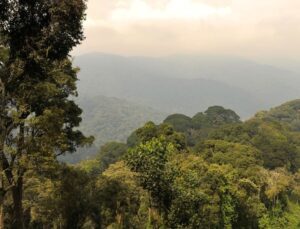
1. Bwindi Impenetrable Forest, Uganda
Just a short flight or scenic overland journey from Kenya, Bwindi is home to nearly half of the world’s remaining mountain gorillas. The forest is UNESCO-listed and offers an immersive trekking experience through ancient jungle terrain. Gorilla trekking in Bwindi is one of the most emotional and unforgettable wildlife encounters you can have.
2. Mgahinga Gorilla National Park, Uganda
Tucked in Uganda’s southwestern corner near the Rwanda and DRC borders, Mgahinga is smaller but equally rewarding. Here, you can trek the Nyakagezi gorilla family while enjoying views of the Virunga Volcanoes.
3. Volcanoes National Park, Rwanda
Just a few hours’ drive from Kigali, this park offers one of the easiest and most accessible gorilla trekking options in East Africa. With well-established trails and experienced guides, Volcanoes National Park is ideal for first-time trekkers or those combining a gorilla trek with a luxury Rwandan experience.
Can You See Gorillas in Captivity in Kenya?
While Kenya lacks wild gorillas, it does have opportunities to learn about and observe primates in controlled environments. One of the most notable places is Nairobi Animal Orphanage, part of Nairobi National Park. Occasionally, rescued gorillas may be housed there temporarily, but they are not permanent residents. Importantly, the focus here is conservation and education rather than creating a zoo-like experience.
However, if your heart is truly set on meeting gorillas, nothing compares to encountering them in the wild, within their natural habitat, where their families thrive in protected mountain forests.
Why Gorilla Conservation Is Bigger Than Borders
The absence of gorillas in Kenya doesn’t mean the country stands apart from their conservation story. In fact, Kenya plays a vital regional role in wildlife conservation and ecotourism leadership. The Kenya Wildlife Service (KWS) works alongside regional partners to protect migratory corridors, share conservation strategies, and promote responsible tourism.
Moreover, many Kenyan tour operators offer combined safaris that include both Kenya’s classic game drives and gorilla trekking adventures in Uganda or Rwanda. These cross-border tours are gaining popularity, especially among travelers who want the full East African experience lions on the Masai Mara one day, and gorillas in Bwindi the next.
Crafting Your Dream Safari: Combine Gorillas and the Great Migration
Imagine this: You witness the thunder of hooves as over a million wildebeest cross the Mara River in the world-famous Great Migration. Then, days later, you find yourself deep in a Ugandan rainforest, locked in a silent moment with a mountain gorilla mother cradling her infant. These are not just vacations they’re once-in-a-lifetime experiences that transform your view of the natural world.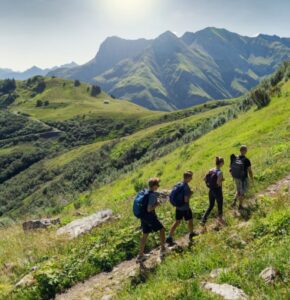
Such experiences are entirely possible with thoughtful planning. Many tour packages now blend both Kenya’s spectacular savannahs and gorilla trekking safaris into one seamless itinerary. Flights between Nairobi and Uganda’s gorilla regions are regular and affordable, and overland travel though longer offers scenic routes and local interactions that enrich your journey even further.
When to Go: Best Time for Gorilla Trekking from Kenya
If you’re combining Kenya with gorilla trekking, aim for the dry seasons when forest trails are less muddy and visibility is better. The best months are:
June to September: Ideal for both Kenya safaris and gorilla trekking.
December to February: Another great window for wildlife viewing and hiking conditions.
Permits are required for gorilla trekking and must be booked in advance, especially during peak seasons. Uganda and Rwanda both limit the number of visitors per gorilla group per day to ensure minimal impact, so planning ahead is essential.
Final Thoughts: Kenya Is a Gateway, Not a Limit
So, are there gorillas in Kenya’s forests? No, not in the wild. But does that mean you have to skip this awe-inspiring adventure? Absolutely not. Kenya serves as the perfect launchpad to the wider wonders of East Africa. From the rolling plains of the Masai Mara to the emerald rainforests of Bwindi, this region is a living mosaic of nature’s most powerful stories.
In a world that often feels disconnected, standing in the presence of a wild gorilla reminds us of something deeper our bond with the earth, with each other, and with the creatures we share it with. And even if that moment doesn’t happen in Kenya, your journey through its landscapes will enrich the path that takes you there.

